Perk Up with 6 Tasteful Malaysian Drinks
Lighten your mood and rejuvenate your senses with 6 must-try Malaysian drinks!
Discover the authentic in Asian cuisine food
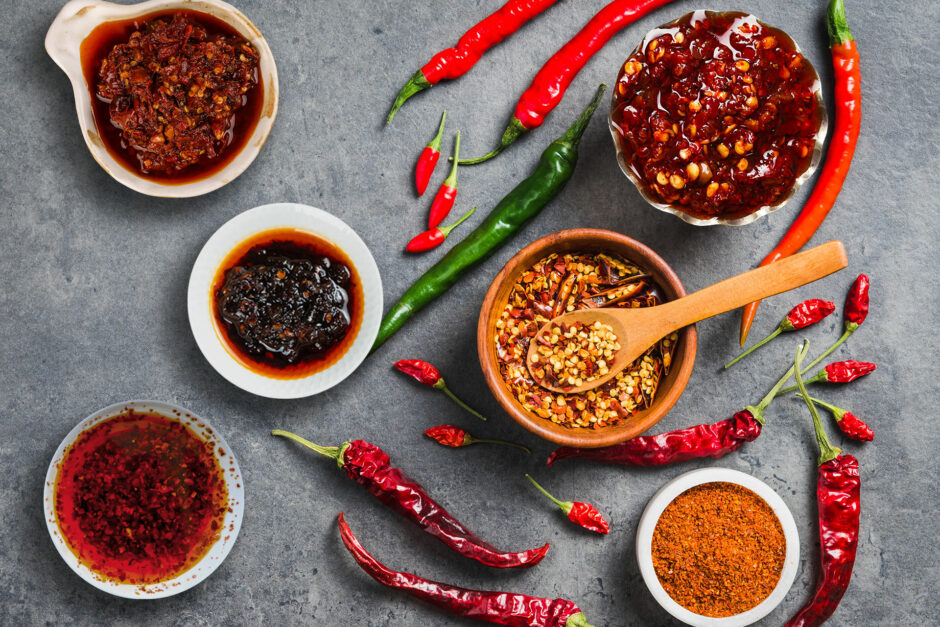
Love zesty flavours or just enjoy a spicy touch to your dishes? Then chilli oil is your spicy buddy! Often served alongside various delicacies in Asian diners and restaurants. Some might even have a generous jar of chilli oil on every table to enrich and enliven almost any dish, from noodle soups and fried rice to dumplings and even salads. So common, you can also get a jar of chilli oil from Asian grocers and supermarkets, or make your own as many Asian families do.
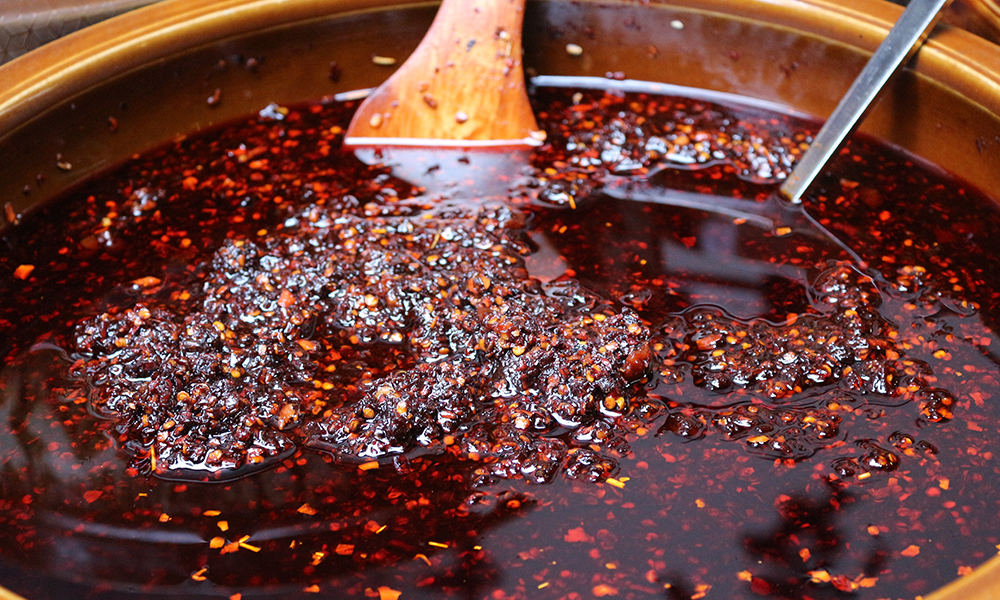
Chilli pepper actually originated from Central America. But since its arrival in Asia around the 15th Century via sea trade, and subsequent widespread cultivation, chilli has become one of the most common zesty ingredients in Asian cuisines. Growing a lot of chillis led to ways to preserve the surplus, one of which, is to store them in rapeseed oil. This kept the chillis fresh for long periods of time, and also created chilli-infused oils.
And thus, chilli infused oils were born, and became a common condiment to give Asian dishes a spicy oomph, as well as an enticing shine.
Not all chilli oils are the same. In fact, every Asian culture has their own version, each made to compliment and enrich their cuisine’s unique taste profiles. Here are 6 favourite chilli oils you should try!
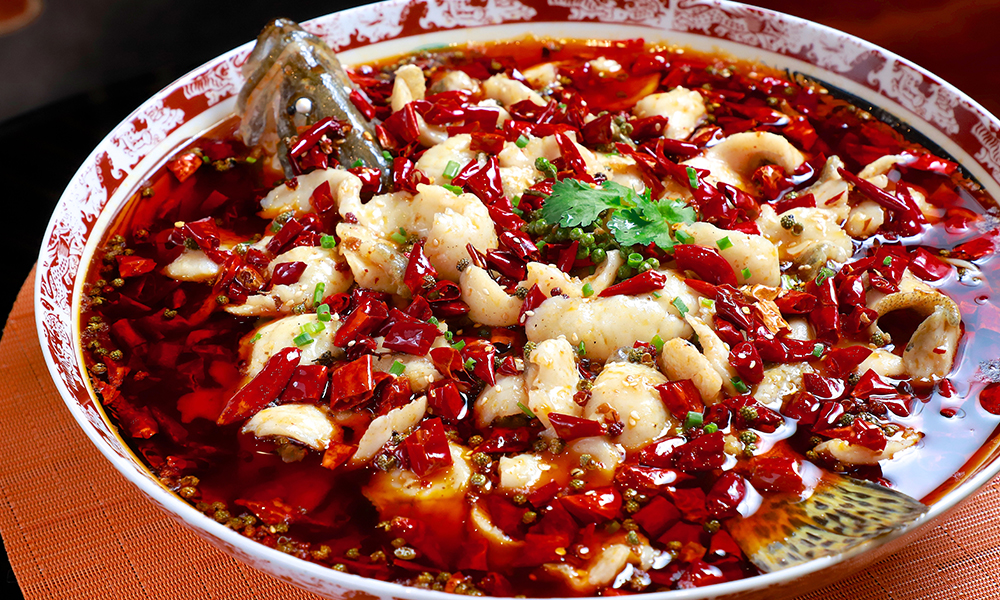
Sichuan cuisine is renowned for high spicy trills and a tongue-numbing blast. Sichuan chilli oil also embodies that unique flavour in small doses. Just a dash on any dish can instantly give a zesty touch with an alluring spicy aroma, and slightly numbing yet pleasant aftertaste. The secret is Sichuan peppercorn combined with cinnamon, star anise and chilli flakes to give that extra zing. Make your own Sichuan chilli oil with our authentic recipe!
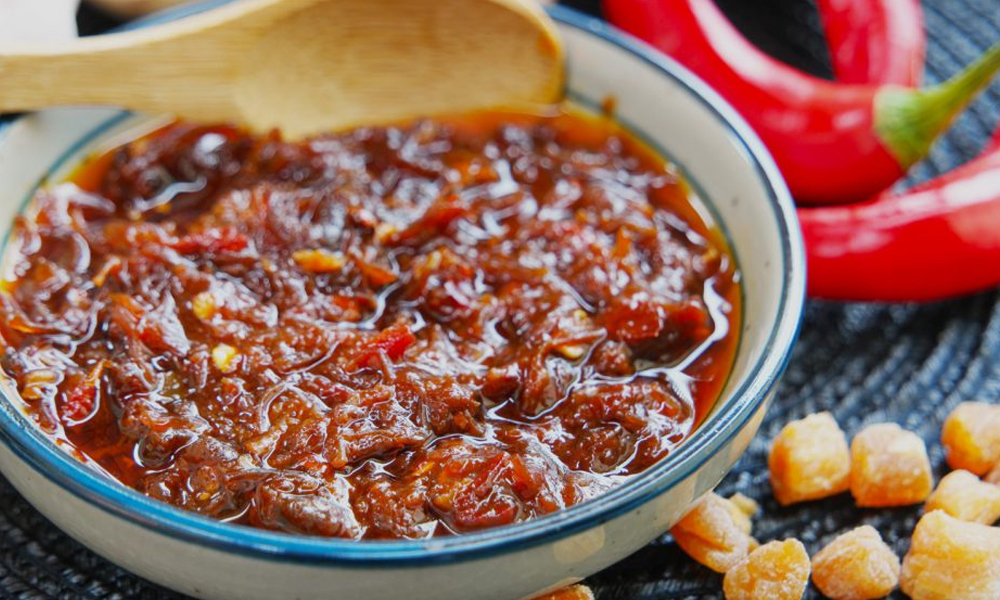
Cantonese cuisine has a love for seafood, especially in Hong Kong cooking. And so, their unique chilli oil known as the XO sauce is made of dried scallop, shrimp and fish bits cooked with chilli, onions and garlic. The name actually comes from Hong Konger’s high regard for fine extra-old cognac, thus ‘XO’ means a chilli oil of premium quality. Indeed, the XO sauce gives a strong spicy, umami flavour like no other, and can instantly elevate any dish. You can also make XO sauce at home with this quick and easy recipe, and savour the many delights flavoured with XO sauce in our recipes collection!
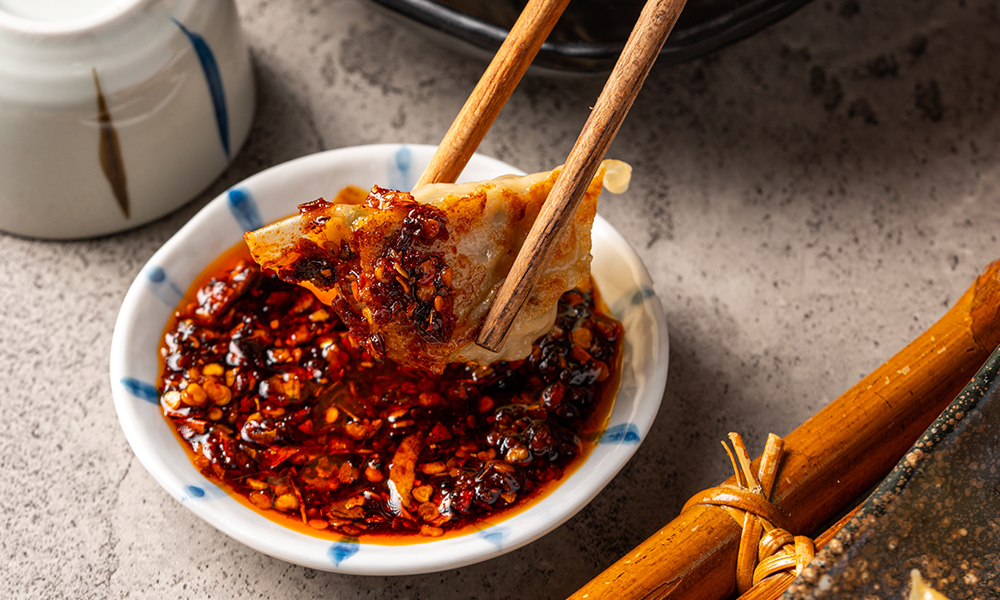
Rayu means ‘spicy oil’ in Japanese cuisine. A chilli oil adapted from the Sichuan version. The difference is Rayu uses sesame oil to give an alluring nutty aroma and temper the spiciness. The Japanese taste profile favours comforting, delicate tastes, and Rayu blends in perfectly to enrich umami flavours. A must-have condiment with Gyoza dumplings, and to compliment the Spicy Miso Ramen.
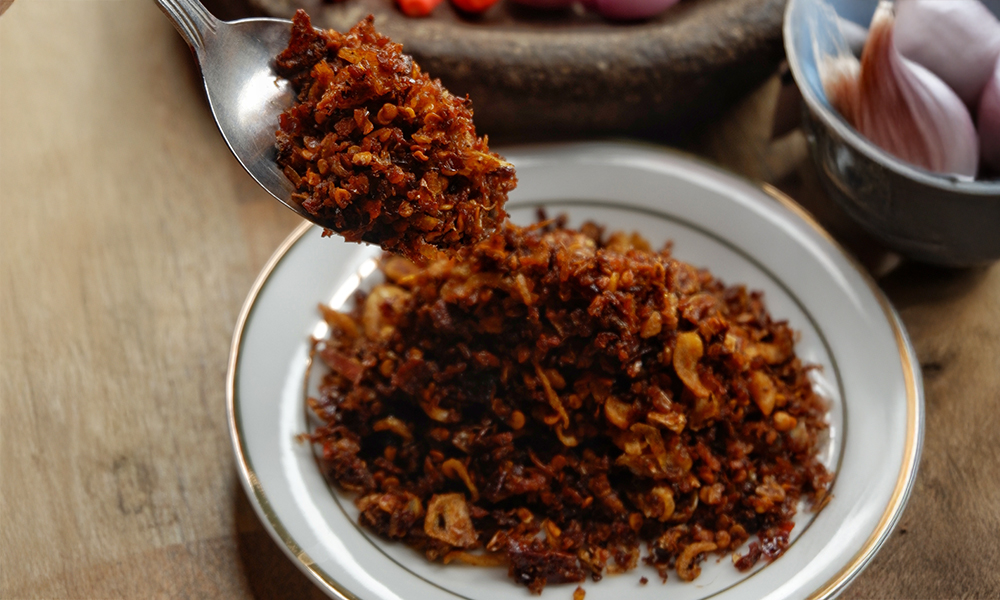
Sambal is the signature spicy condiment of Southeast Asia, beloved in Malaysian and Indonesian cuisines. There are many Sambal variants, and the Sambal Ebi or fried shrimp chilli oil is among the favourites. It is made of dried shrimps, ground and blended with shallots, onions and spices; stir-fried to a bold savoury, zesty aroma. Sambal Ebi gives an instant flavour boost to any dish, and is a must-have garnish for Malaysian Chilli Pan Mee.
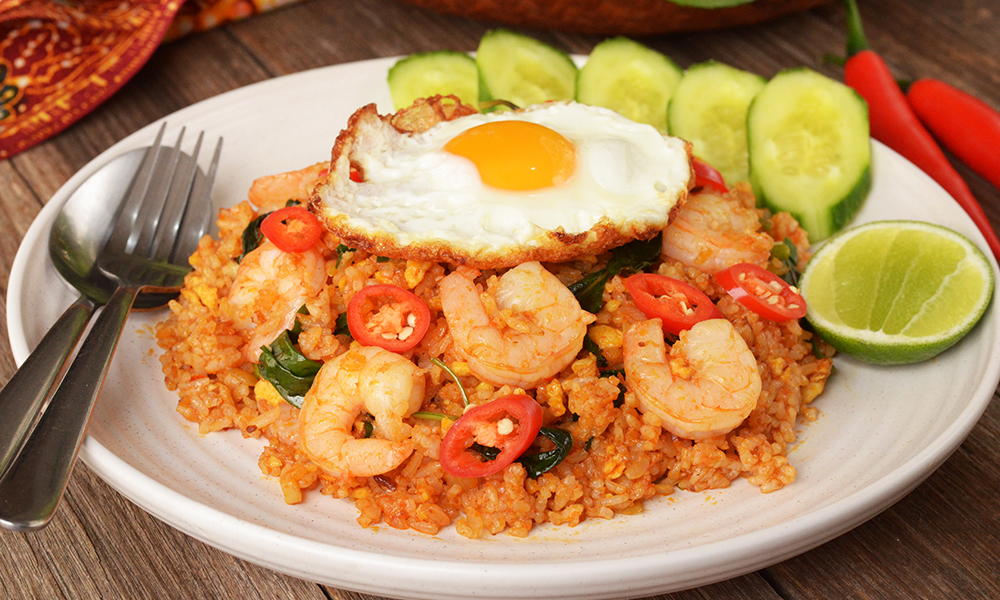
The Thai Nam Prik Pao chilli jam oil is an upgrade of the Sambal Ebi, with an extra touch of fish sauce for a stronger savoury oomph. Thai dishes are mostly spicy and savoury, and besides a condiment, Nam Prik Pao also the flavour-maker for stir-fried delights like this Thai Chilli Fried Rice!

Lighten your mood and rejuvenate your senses with 6 must-try Malaysian drinks!
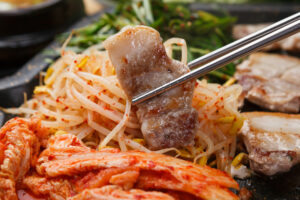
Pair your hearty barbecues with these refreshing Asian delights!
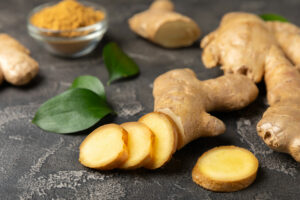
What are the properties of ginger, and how to pick, store and use ginger in your cooking? Find out here!